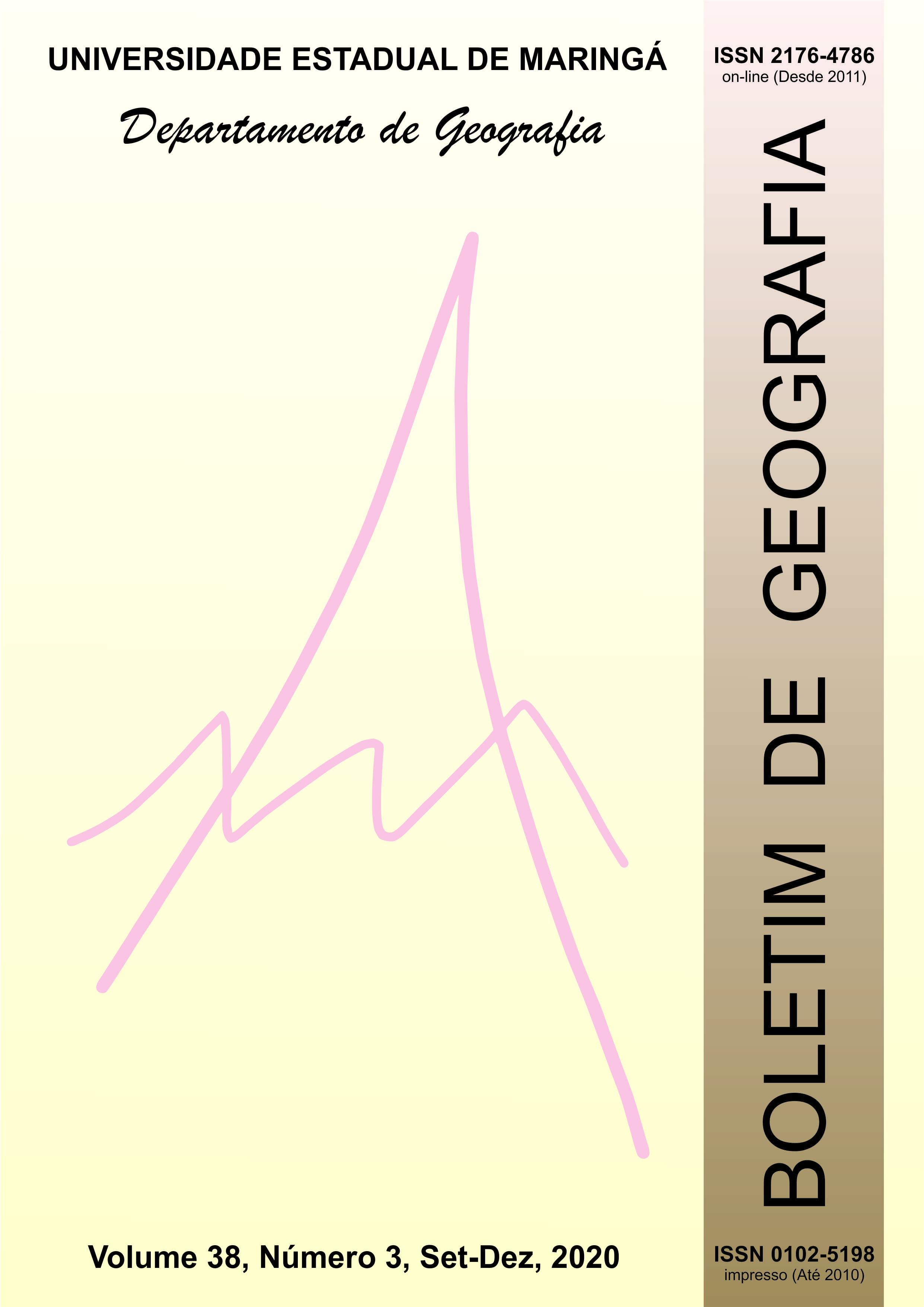Correlating the agricultural area and PRONAF, PAA and PNAE performances: an assessment of the administrative regions of the state of São Paulo
Abstract
The work aims to evaluate the performance of the National Program for the Strengthening of Family Farming (PRONAF), the Family Agriculture Food Acquisition Program (PAA) and the National School Feeding Program (PNAE) in the State of São Paulo, Brazil. The process of building public policies for family farming in Brazil between 1996 and 2016 is approached in the first moment. The data are analyzed on a national scale, taking into account the five Brazilian geographic regions. The second stage consists of the main contribution of the work, a specific assessment of the interactions between public policies for family farming with the agrarian and socioeconomic reality of the State of São Paulo between 2011 and 2016. Considering the area of the eight main agricultural crops in the State of São Paulo São Paulo, a diagnosis was carried out on the agrarian and socioeconomic structure of 94 municipalities linked to the Administrative Regions of Sorocaba, Itapeva and Registro. Then, the data of the agrarian structure was correlated with the performance of PRONAF, PAA and PNAE between 2011 and 2016, through the multivariate exploratory analysis of data, it was verified which variables are correlated with the performance of the programs. It was concluded that the programs showed a correlation with the importance of family farming and the area destined to the production of cassava, orange, soy and banana. Taking into account the intentions formally expressed in the creation of the programs, especially that of seeking to serve vulnerable farmers, the statistical statistics show that it presented a correlation with the agrarian and socioeconomic reality of the ARs considered.
Downloads
O Boletim de Geografia está licenciado através da Creative Commons Atribuição 4.0 Internacional (CC BY 4.0).
Autores que realizam submissões ao Boletim de Geografia concordam com os sequintes termos:
- Autores retêm todos os direitos autorais e concedem à Revista direitos exclusivos da primeira publicação, com o artigo licenciado sob os termos da Creative Commons Atribuição 4.0 Internacional (CC BY 4.0).
- Após a publicação, fica permitido ao autor a republicação em qualquer outros meios de divulgação, desde que mencionada a fonte original.












